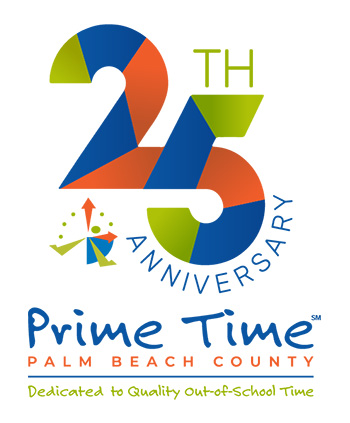Tue, October 07, 2025
6:30 pm - 8:30 pm
6:30 pm - 8:30 pm
It was a great experience, I learned a lot. It gave me the opportunity to see some areas where I need to work to better my leadership and my program!
Lorena DAfterschool Professional
Introduction to the Active-Participatory Approach – VIRTUAL
OST professionals can develop and/or enhance their skills to better identify youth needs and encourage motivation and engagement. The Active-Participatory Approach to youth work was designed to address these goals. This youth-centered approach is the foundation for the Youth Work Methods Series.
Training Objectives:
Participants will:
- Identify the four guiding principles of the approach.
- Recognize best practice behaviors.
- Develop plans that effectively incorporate the active-participatory approach with youth at their sites.

